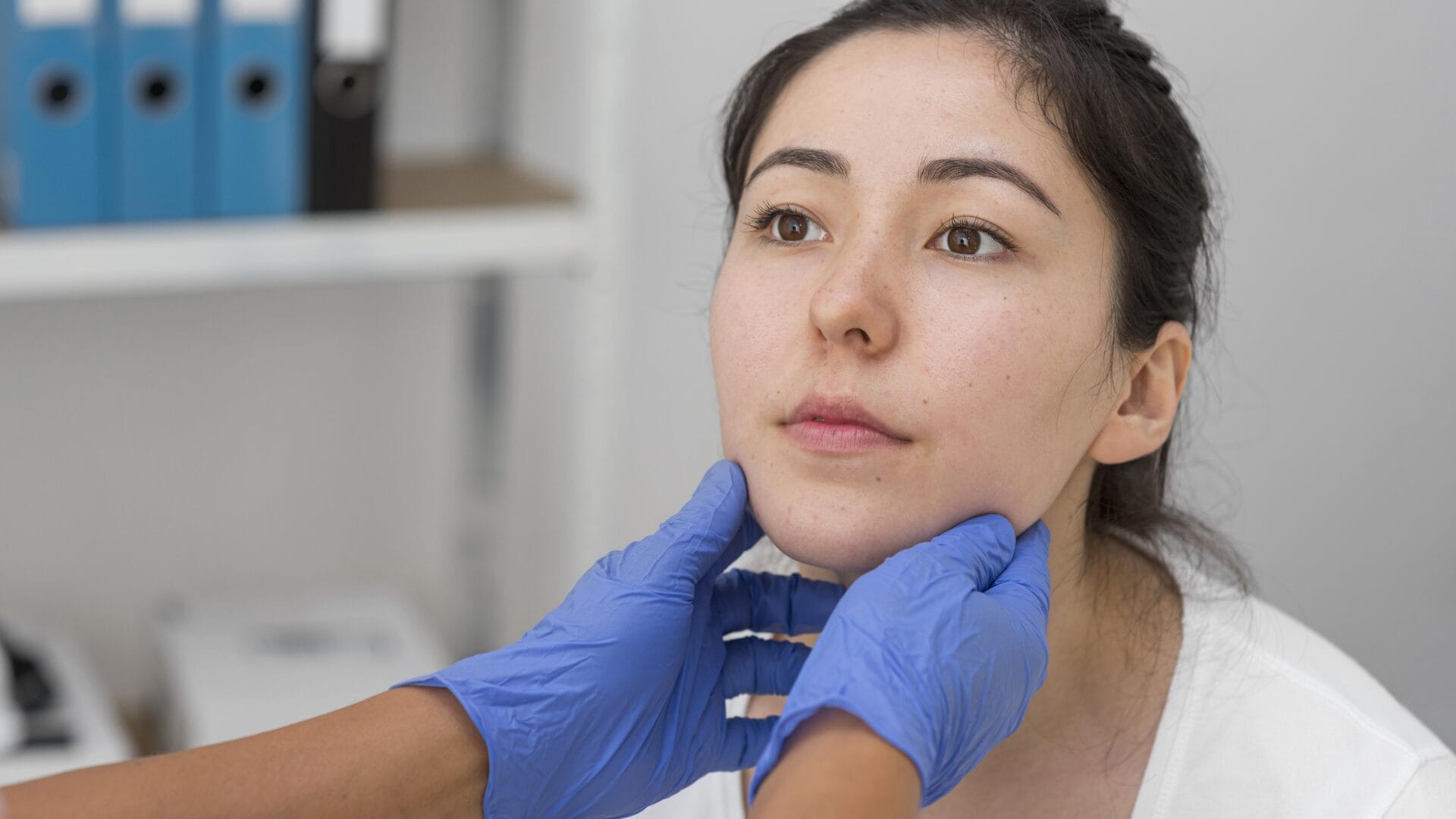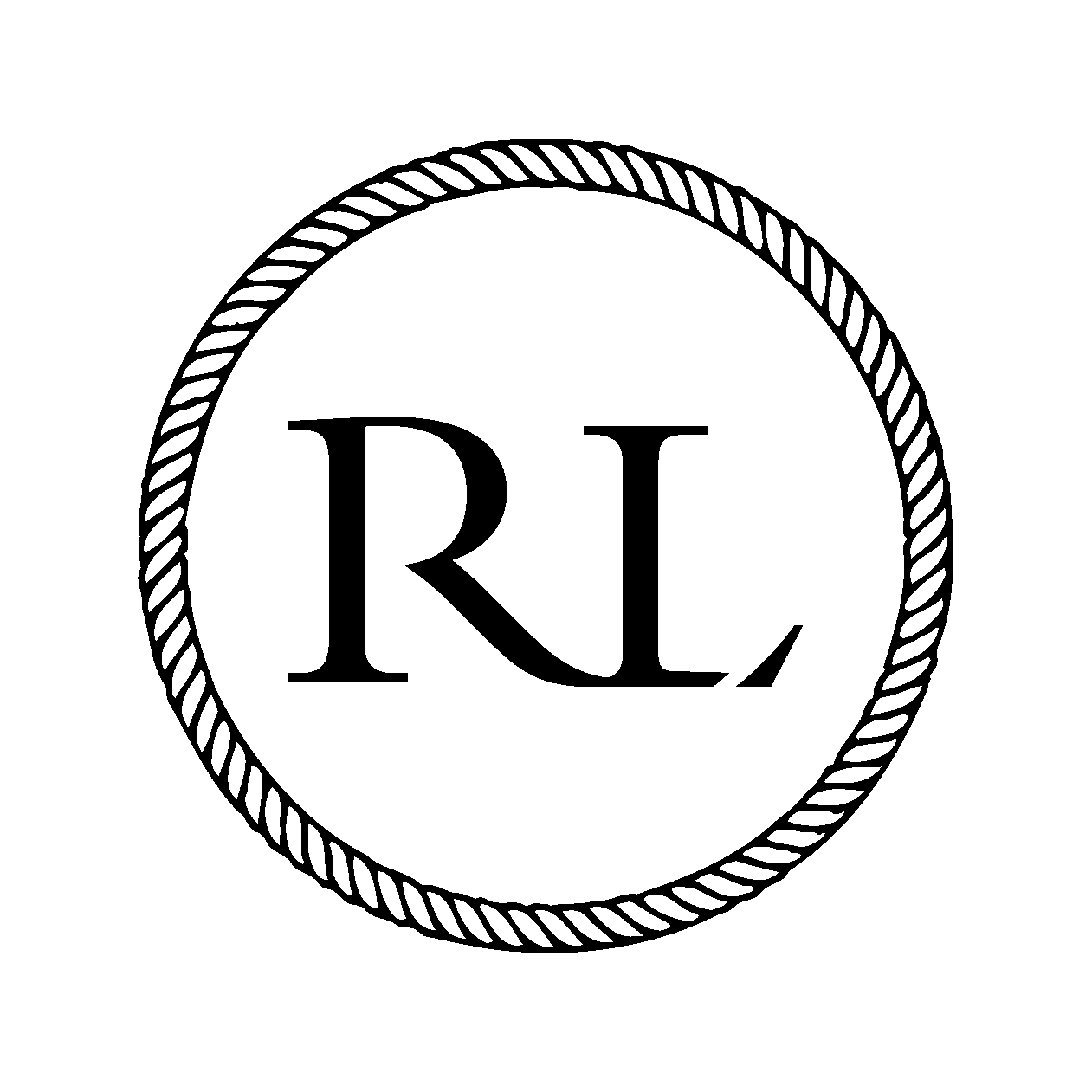How Can Cartilage Grafts Improve Rhinoplasty Outcomes?
 Rhinoplasty is a popular procedure for fixing nose shape irregularities and imperfections. The use of cartilage grafts is necessary to ensure outcomes in surgeries. These implants represent tiny bricks in the wall, giving away a clear, striking structure and a shape to the nose. The article describes the importance of a cartilage graft for nose in enhancing the results of rhinoplasty operations.
Rhinoplasty is a popular procedure for fixing nose shape irregularities and imperfections. The use of cartilage grafts is necessary to ensure outcomes in surgeries. These implants represent tiny bricks in the wall, giving away a clear, striking structure and a shape to the nose. The article describes the importance of a cartilage graft for nose in enhancing the results of rhinoplasty operations.
Understanding Cartilage Grafts
Cartilage grafts act as the building blocks during rhinoplasty. They provide structural support and form the foundation for shaping the nose. Those pieces are carefully placed to improve or recreate nasal contours, ensuring a more prominent and balanced profile while at the same time potentially improving breathing function.
Advantages of Cartilage Grafts in Rhinoplasty
Many individuals seeking a nose job in London need to know the benefits of cartilage grafts. They help maintain nasal shape and integrity, preventing deformities and functional impairment. They contribute significantly to achieving superior aesthetic outcomes, fostering improvements in nasal symmetry, contour, and overall appearance. Patients often report a surge in self-confidence and satisfaction with their refined nasal profile. Unlike synthetic implants, cartilage grafts exhibit remarkable stability and seamless integration with surrounding tissues over time.
Techniques for Harvesting Cartilage Grafts
Autologous Cartilage Grafts
It reduces the rejection risk and provides compatibility with the environment. Here are the main donor sites for autologous grafts:
- Septal Cartilage: This readily available source offers thin, flexible cartilage that is ideal for delicate nasal tip sculpting or filling minor irregularities. Harvesting involves carefully removing a septum section, the dividing wall inside the nose.
- Ear Cartilage: Conchal cartilage in the bowl-shaped ear area provides a slightly stiffer structure. It’s suitable for building up the bridge of the nose or creating sharper definitions. Surgeons extract this cartilage from an incision behind the ear, which produces little scarring.
- Rib Cartilage: The rib cage provides the most valuable and significant source of cartilage. This is typically used for deeper incisions in severe nose collapse and bridge augmentation cases.
Alternatives to Autologous Grafts
A patient’s cartilage may need to be more suitable due to limited availability or specific anatomical features. Here are alternative graft options:
- Allografts: They are the extracts from a deceased or living human donor. They are the long-term choices but have a high risk of rejection. Strict protocols and screening processes reduce this possibility but remember; it is an allograft’s characteristic.
- Synthetic Cartilage: These artificial implants perform the same role as the natural cartilage. They may be helpful by providing quick and straightforward shapes and forms, but their contradictory safety and efficacy still need to be proven or disapproved.
Applications of Cartilage Grafts in Rhinoplasty
1. Tip Refinement
The nose tip is a feature that significantly impacts the created facial harmony. Cartilage grafts can be precisely sculpted and fitted into the tip and defect area. The excessive tip can be changed by inserting strut columellar grafts that will add definition and projection to the tip-centred portion. On the other hand, a droopy or undefined tip can be lifted and sculpted with cartilage grafts, providing a more refined and natural appearance. Cartilage grafts give a natural and lasting alternative for tip refinement as they are mixed up with the adjacent tissues.
2. Dorsal Augmentation
The bridge of the nose, or nasal dorsum, is an important feature that defines the facial profile. Concerns such as a low bridge or hump can be addressed with dorsal augmentation using cartilage grafts. A spreader graft, which is a thin, flat piece of cartilage placed along the dorsum to increase height and projection, may be used by the surgeon in a low bridge. A hump reduction involves meticulously sculpting and removing a portion of the existing dorsal cartilage. The remaining cartilage can be reshaped and repositioned to create a smooth, defined bridge.
3. Structural Support
This is one of the most vital measures to be taken when the nasal structure is weak or damaged due to injury, congenital disabilities, or previous surgeries. Cartilage grafts may be placed at both septum ends to strengthen it. The weak septum in the nose can result in a nasal valve collapse and difficulty breathing. These grafts are placed to maintain the septum and ultimately enhance the airflow. Cartilage grafts can solve the problem of alar collapse, which impacts breathing function.
Preoperative Considerations and Patient Selection
Meticulous planning and patient selection are crucial for optimal results. Here’s a breakdown of preparing for surgery and aftercare:
1. Patient Evaluation
A thorough consultation is essential. Your nasal anatomy, skin quality and underlying medical issues will all be evaluated by the surgeon. Determining whether cartilage transplants are the right course of action involves talking about your objectives and aesthetic goals.
2. Suitability for Cartilage Grafts
Ideal candidates must have good health and realistic expectations. Patients with adequate donor sites, like the septum or ear cartilage, are well-suited.
3. Donor Site Selection
The surgeon will evaluate the availability and quality of cartilage from potential donor sites. Septum is often preferred due to its hidden location and similar characteristics to nasal cartilage.
4. Medical History Review
Inform about any previous surgeries, allergies, or bleeding conditions. This knowledge enables the surgeon to detect possible problems and implement a safe procedure.
5. Realistic Expectations
Cartilage graft rhinoplasty is a tailored surgery. Discuss expected outcomes, including potential swelling and recovery time.
Procedures for Surgery and Aftercare
An effective surgical method frequently used is cartilage rhinoplasty, which involves taking cartilage from the ribs, septum or ear. These grafts are used safely and effectively to reshape the nose. The surgeon skillfully harvests and shapes the cartilage to reach the required form. This sculpted graft is then placed strategically to augment or redefine nasal structures.
Following surgery, expect some swelling, bruising, and mild discomfort. These subside gradually. Applying cold compresses and keeping your head elevated can help in swift recovery. Careful wound care and following your surgeon’s instructions are crucial. Most patients resume light activity within a week, with strenuous exercise restricted for several weeks.
While uncommon, potential risks and limitations of rhinoplasty surgery include infection, bleeding, or graft displacement. Exploring nose job before and after results can help individuals make informed decisions about their cosmetic journey. With proper care, cartilage rhinoplasty offers long-lasting results and a refined nasal profile that complements your facial features.
Complications and Management
The risk of donor site complications is low. Possible side effects include general discomfort, infection, or minor bleeding. Pain medication and wound care usually address these effectively.
Recipient site complications are frequent, with the most common swelling and bruising. These resolve naturally within weeks. More severe concerns include:
- Infection: Treated with antibiotics.
- Hematoma (blood collection): This may require drainage by the surgeon.
- Graft displacement: This can happen due to improper healing or trauma. Surgery might be needed for correction.
- Graft resorption: The body absorbs some cartilage over time. Minor adjustments may be necessary in future.
Open communication with your surgeon is critical. Report any persistent pain, redness, or difficulty breathing. Early intervention can minimise complications and ensure a smooth recovery.
Start Your Rhinoplasty Journey at Rhinoplasty LDN
Rhinoplasty LDN employs several techniques to help patients with cosmetic and functional issues. We put patient comfort and safety above anything else. Whether it is to enhance the size or shape of the nose, to address breathing problems or to correct a surgery you already had, our rhinoplasty surgeons in London have the best skills to accomplish the best rhinoplasty results.
Make an appointment with Rhinoplasty LDN to receive a personalised rhinoplasty procedure.
Frequently Asked Questions
Cartilage grafts are less prevalent. However, they may carry certain inherent risks. These problems are limited to allograft misplacement, bleeding and infection. It is best to review these options with your physician before the procedure.
